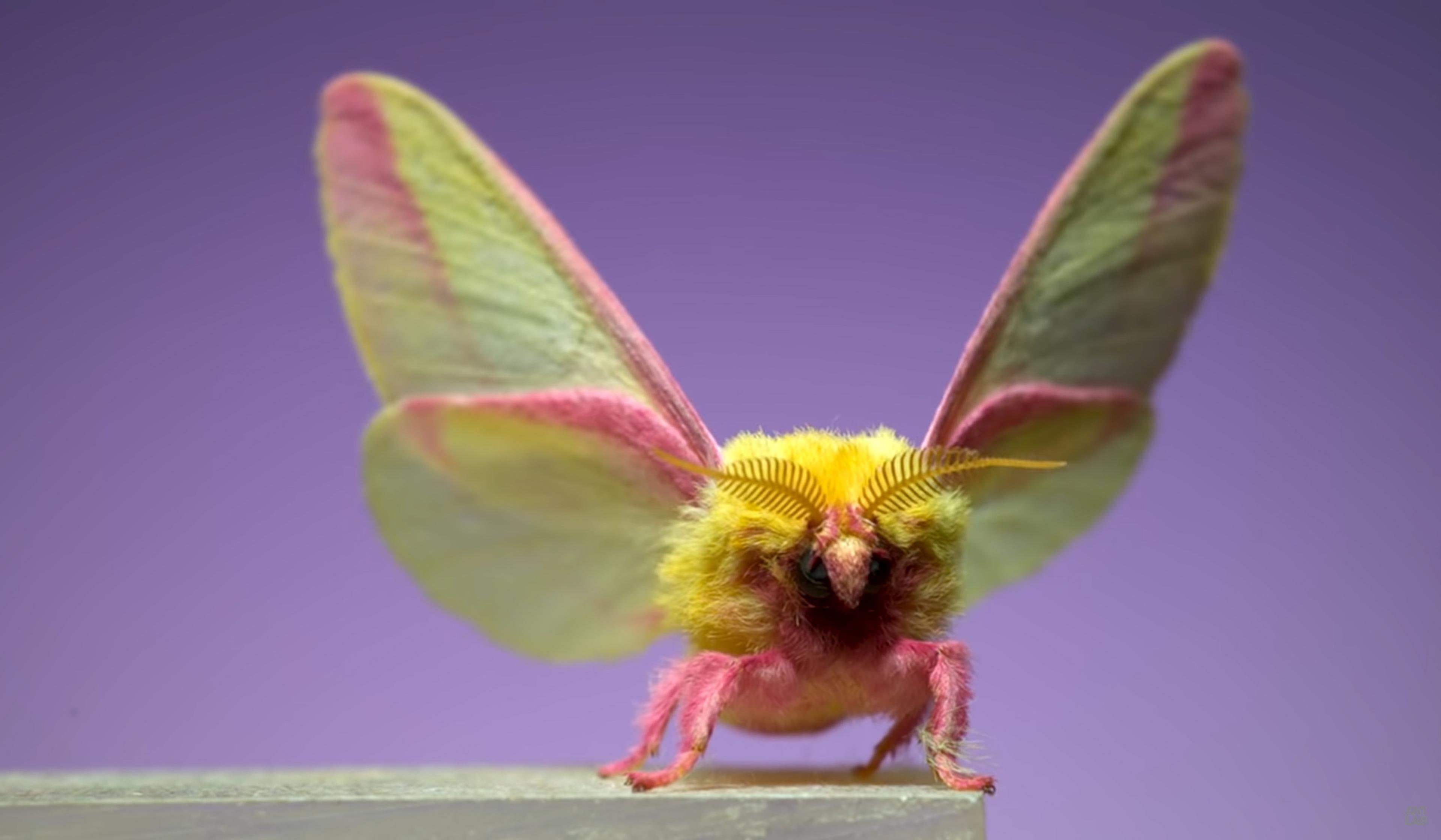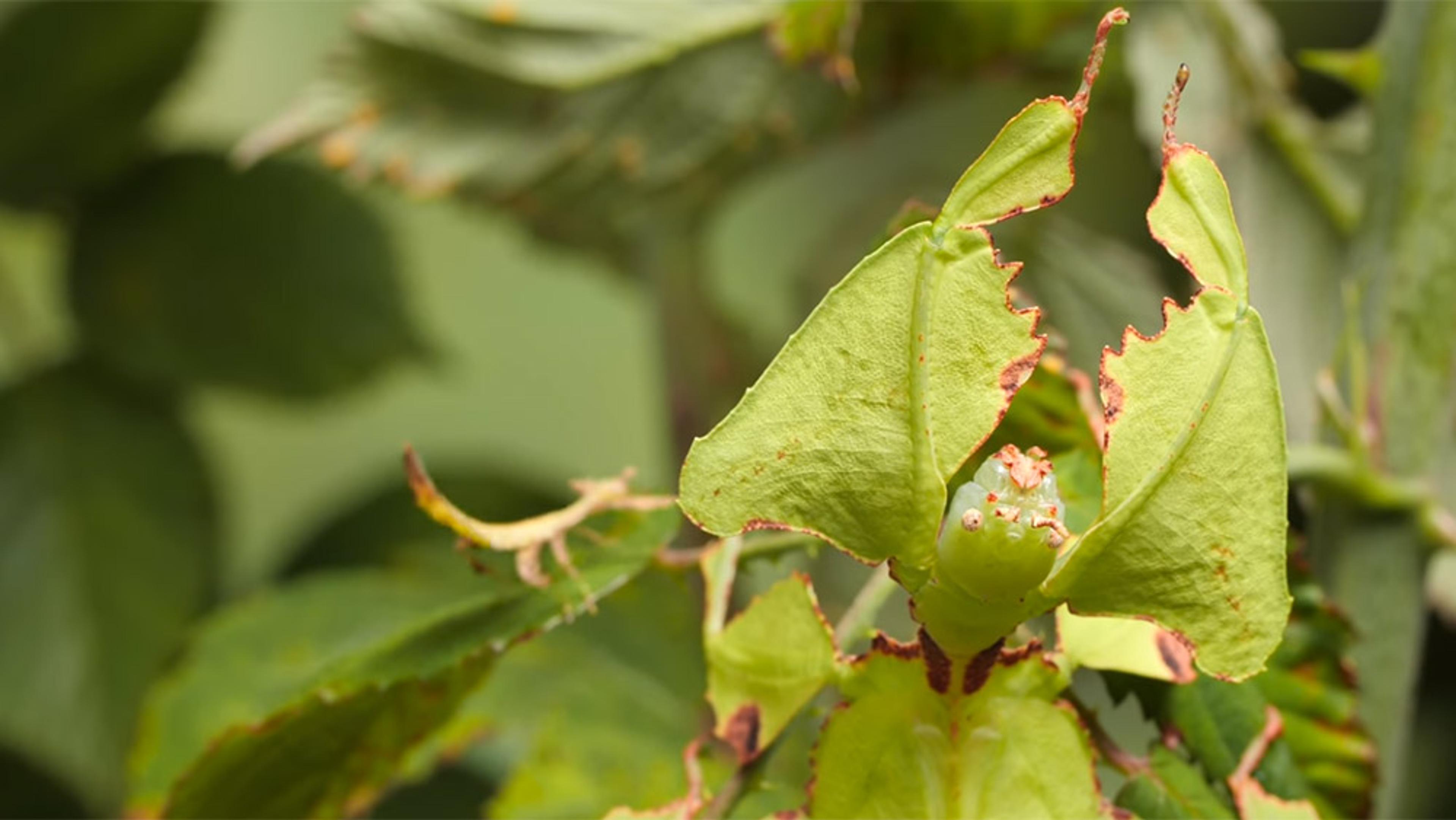An insect native to the Oaxaca region of Mexico, the cochineal spends most of its life feeding on cacti nutrients. While, from a human point of view, these parasitic insects may have somewhat unremarkable lives, they’ve long captured our attention for the unmatched brilliance of the crimson hue produced by their hemolymph – the arthropod equivalent to blood, which in most insects is clear. Captured in stunning 4K resolution, this video from the science documentary series Deep Look captures the fascinating biology of these small creatures, as well as how female cochineal have been cultivated for centuries, and can still be used in food colourings today.
How the world’s richest reds are derived from an innocuous Mexican insect
Video by KQED Science
Producer: Rosa Amanda Tuirán
Writer: Laura Klivans
Cinematographer: Josh Cassidy
23 May 2024
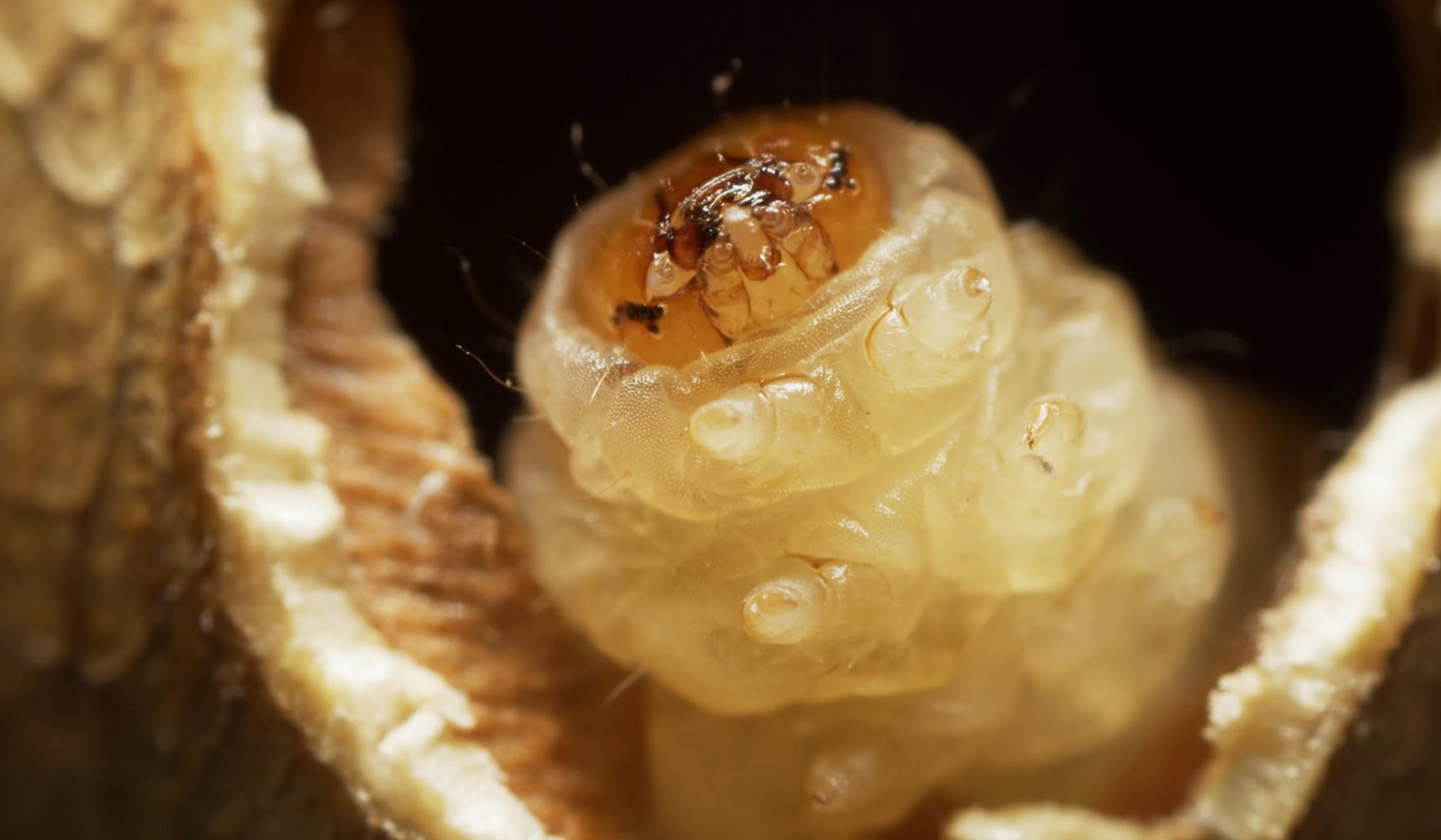
videoEcology and environmental sciences
How moth larvae carve out cozy, mobile homes inside Mexican jumping beans
4 minutes
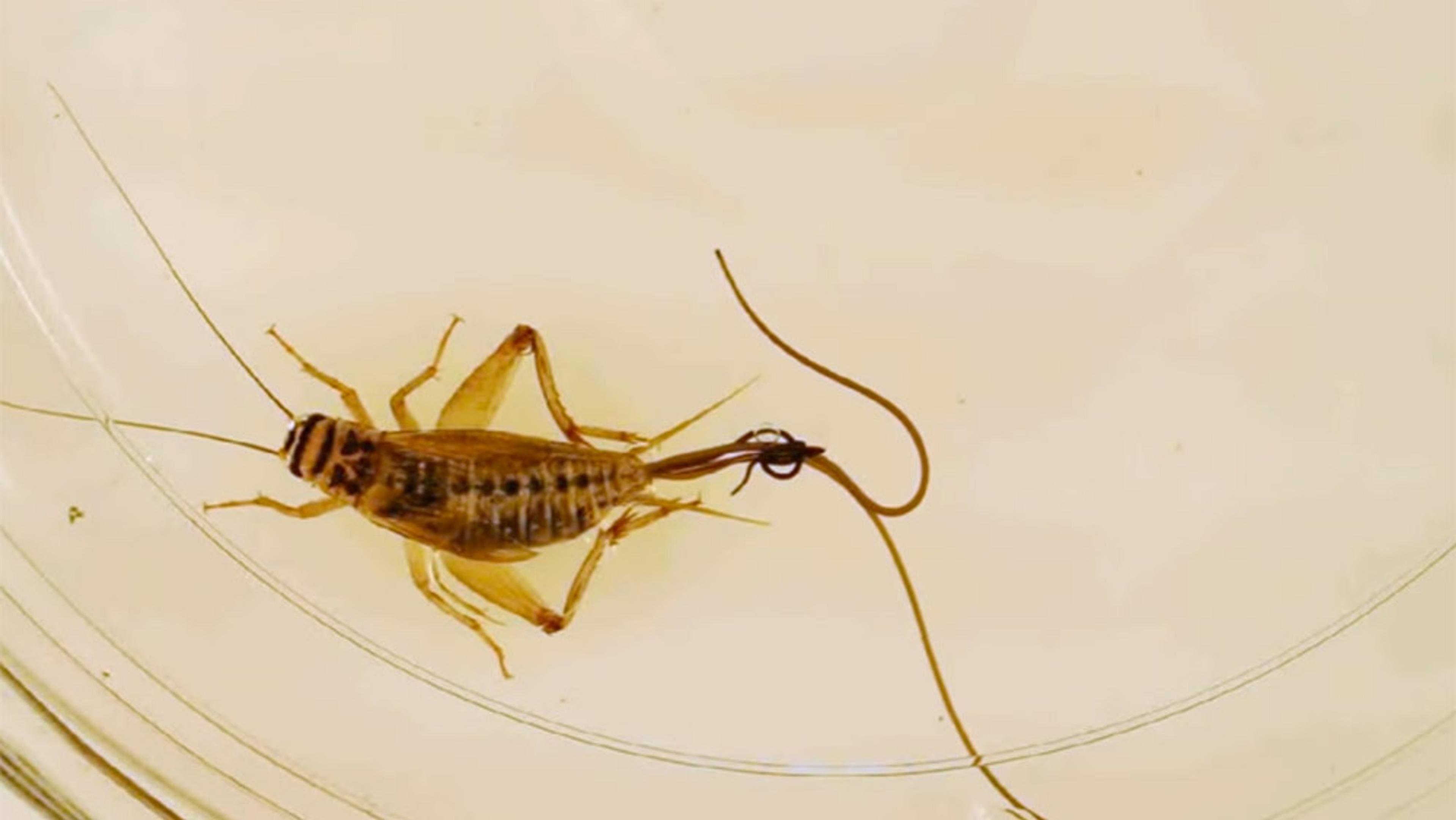
videoBiology
Mind control and zombification do exist. Just look at these crickets
5 minutes
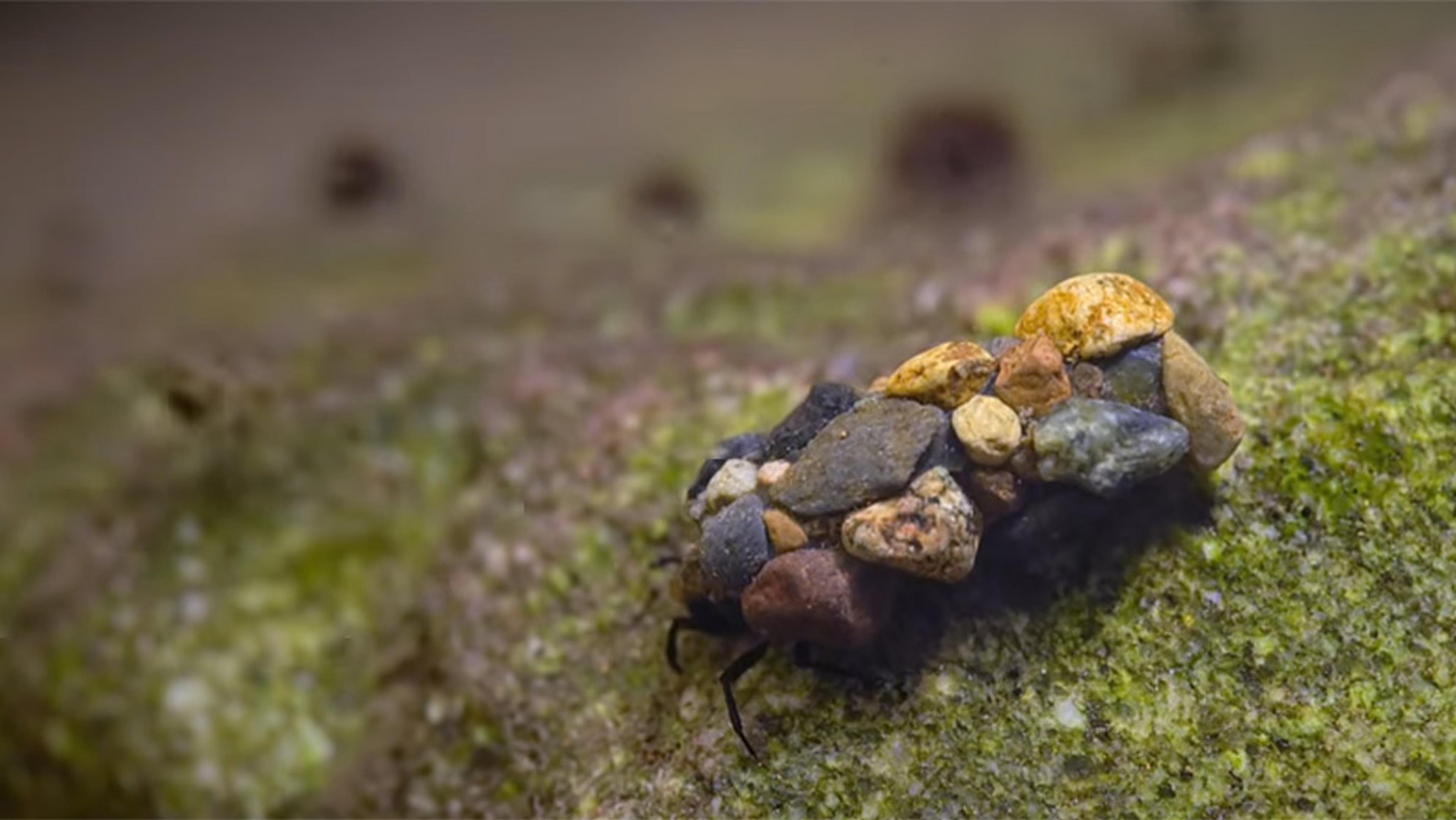
videoEvolution
When life is but a stream, insects need something extra-sticky to survive
4 minutes
videoBiology
Brilliant dots of colour form exquisite patterns in this close-up of butterfly wings
3 minutes
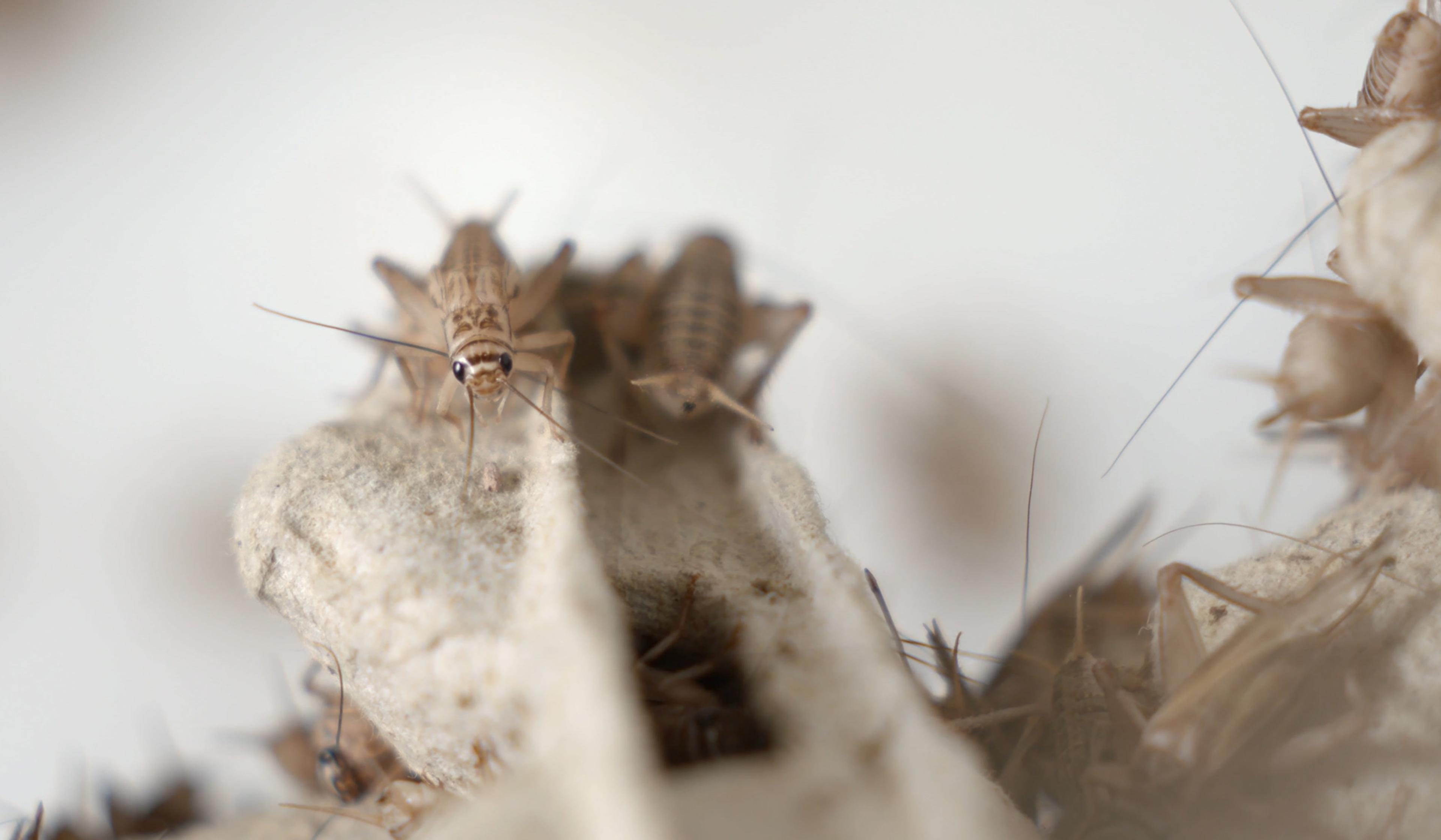
videoAnimals and humans
Familiarity breeds roach-respect, and even love, for a group of Florida insect farmers
13 minutes
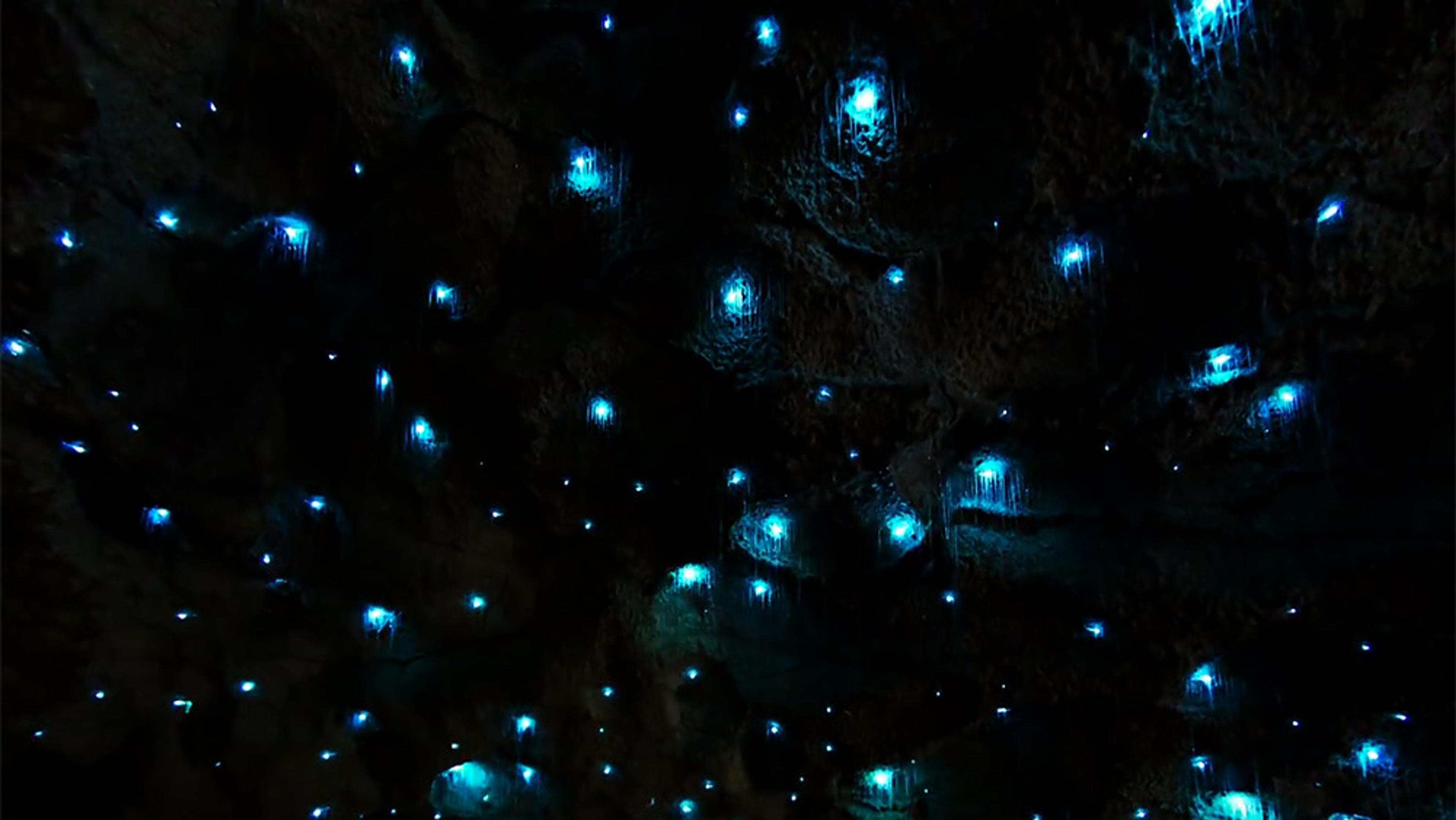
videoBiology
Glow worms mimic stars, creating a stunning faux night sky in a New Zealand cave
4 minutes

